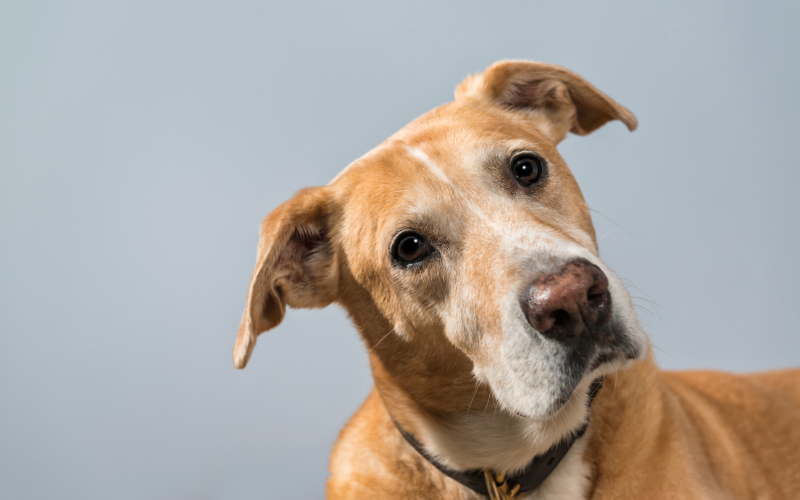We have more in common with our furry best friends than we think. Just like humans, neurological diseases and disorders can affect our pets, too. One of those disorders–vestibular disease–can be particularly alarming for pet owners, as the symptoms can come on suddenly and be quite severe if not properly diagnosed.
Vestibular syndrome refers to a collection of symptoms seen when a specific area of the nervous system is affected. This system involves the middle/inner ear and part of the brain and is responsible for maintaining balance, coordination, and body orientation within space. Also known as canine idiopathic vestibular syndrome or “old dog syndrome,” this condition can be frightening for pet owners to witness, as it can cause pets to appear disoriented and dizzy. Read along as we explore what factors cause this condition, what symptoms look like, and how BEVS can help diagnose and treat it.
Causes of Vestibular Disease
While pets are more prone to developing vestibular disease as they advance in age, this condition can affect your pet at any time in their life.
Common causes include:
- Aging (also known as idiopathic vestibular syndrome or “old dog vestibular syndrome”). This is one of the most common causes, especially in geriatric dogs.
- Head trauma or injury
- Hypothyroidism
- Middle or inner ear infections
- Inflammation or infection of the brain
- Tumors
- Toxins
- Strokes
Symptoms of Vestibular Disease
We know pet parents already pay close attention to their animal companions, and some pets are masters at hiding when something is wrong, but the symptoms of vestibular disease are hard to conceal.
Some signs include:
- Abnormal eye movement, including flickering (nystagmus) or rapid eye movements.
- Nausea and/or vomiting due to their loss of balance and disorientation.
- Loss of appetite, which could lead to weight loss if left untreated.
- Loss of balance may make your pet appear wobbly and unstable on their feet.
- Tiling of the head to one side. This can happen suddenly or develop over time. Pets showing this symptom often lean or fall in the direction their head tilts.
- Circling, leaning, and falling to a certain side of the body
If you notice your pet exhibiting any of the above symptoms, it’s important to seek veterinary care right away. Your primary care veterinarian can perform a physical exam and run diagnostic tests to determine the cause of the symptoms and recommend an appropriate course of treatment. They may even refer you to our Neurology department, led by board-certified veterinary neurologist, Allison Cowan, DVM, DACVIM (Neurology). We’ll work closely with your family veterinarian to ensure a smooth transition and make sure everyone is fully informed on your pet’s diagnosis and recommended treatment.
Treatment Options and Ongoing Care
While treatment for vestibular disease depends on the underlying cause, there are ways to mitigate the condition and improve your pet’s quality of life. If it’s caused by an infection, antibiotics may be prescribed or, if a tumor is the culprit, surgery may be necessary. In cases when the cause may not be found, treatment may focus on managing symptoms with anti-nausea medication or with physical therapy.
With prompt veterinary care and treatment, most pets with this condition can recover and regain their balance and coordination.
If you suspect your pet is suffering from vestibular disease and you would like to schedule a consultation with our neurologist, give us a call at 802-863-2387. Rest assured that your pet will receive the most thorough and thoughtful care possible.

